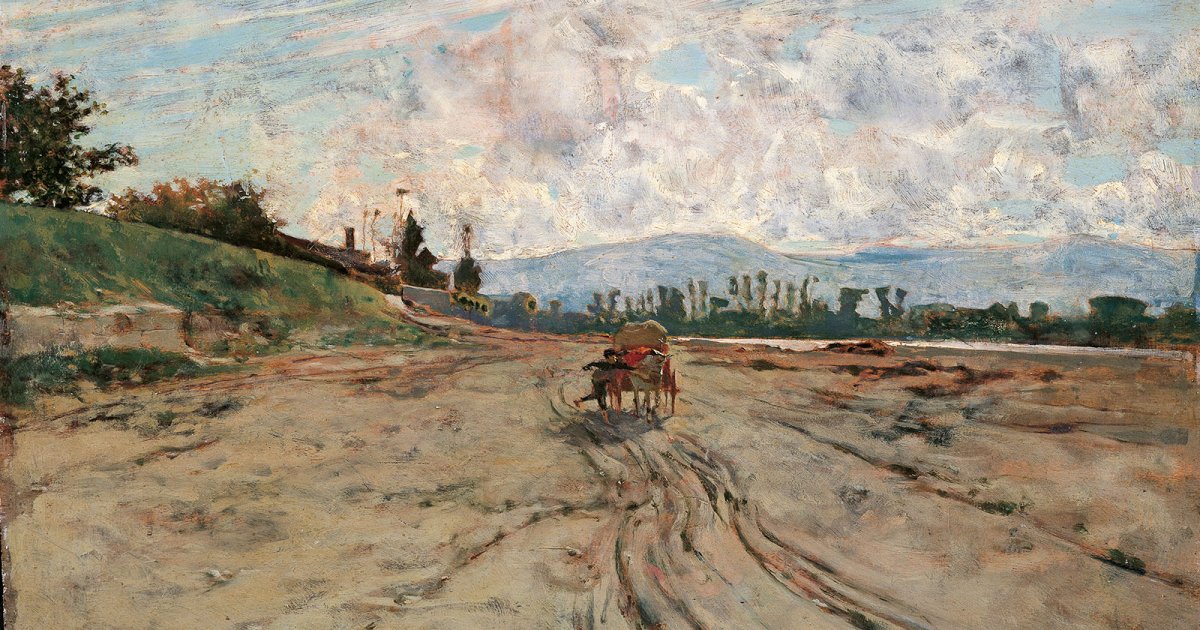PALAZZO PITTI, Gallery Of Modern Art
 Language: English / USA
Language: English / USA
If you want to be overwhelmed by beauty, I suggest also visiting the Gallery of Modern Art that occupies an impressive thirty rooms on the second floor of the palace. One of the most important and complete collections of 19th century Italian paintings awaits, especially thanks to the works of the "Macchiaioli": the Tuscan artists who provided one of the most innovative foundations with which Italian painting looked to modernity.
You'll also be able to appreciate the stunning relationship between "container" and "content" here: the rooms were furnished in the first half of the 19th century with frescoes, stuccoes, and period furnishings and thus constitute a perfect setting for the works.
Just like in the Palatine Gallery below you, try not to get dizzy when you see the paintings arranged in multiple, overlapping rows. I also highly recommend taking advantage of the great informative materials available in each room.
Your chronological journey begins with the movements of the early 1800s, from Neoclassicism to Purism to Romanticism. But if you want to get right to the heart of the museum, you can go directly to Room 17 where the "Macchiaioli" works begin. The movement was born after the mid-1800s in Florence and then spread to Livorno and Maremma. Its animator is the critic and gallery owner Diego Martelli, who went back and forth between Florence and Impressionist Paris: you can see his portrait here, painted by Federigo Zandomenghi. The most important Macchiaioli I recommend admiring include the delicate Silvestro Lega, the vigorous landscape painter Telemaco Signorini, and above all Giovanni Fattori, the group's true soul. Fattori first tackled a topical issue, namely the wars for Italy's independence, but his paintings lack rhetoric and instead of depicting scenes of heroism, he denounced the war's brutality: look for example at Lo Staffato, a dramatic masterpiece worthy of Goya, where you can see an unhorsed soldier being dragged along by a skittish horse, leaving a macabre trail of blood on the ground. After the end of the Risorgimento period, Fattori focused on more intimate subjects: landscapes, portraits, and scenes of everyday life, such as the small and beautiful panel with the Rotonda di Palmieri.
FUN FACT: the "Macchiaioli" argued that to best paint a true image, they had to visualize it using a mirror that had been blackened with smoke to enhance the model's colors and chiaroscuroes. It was called the "black mirror technique".



